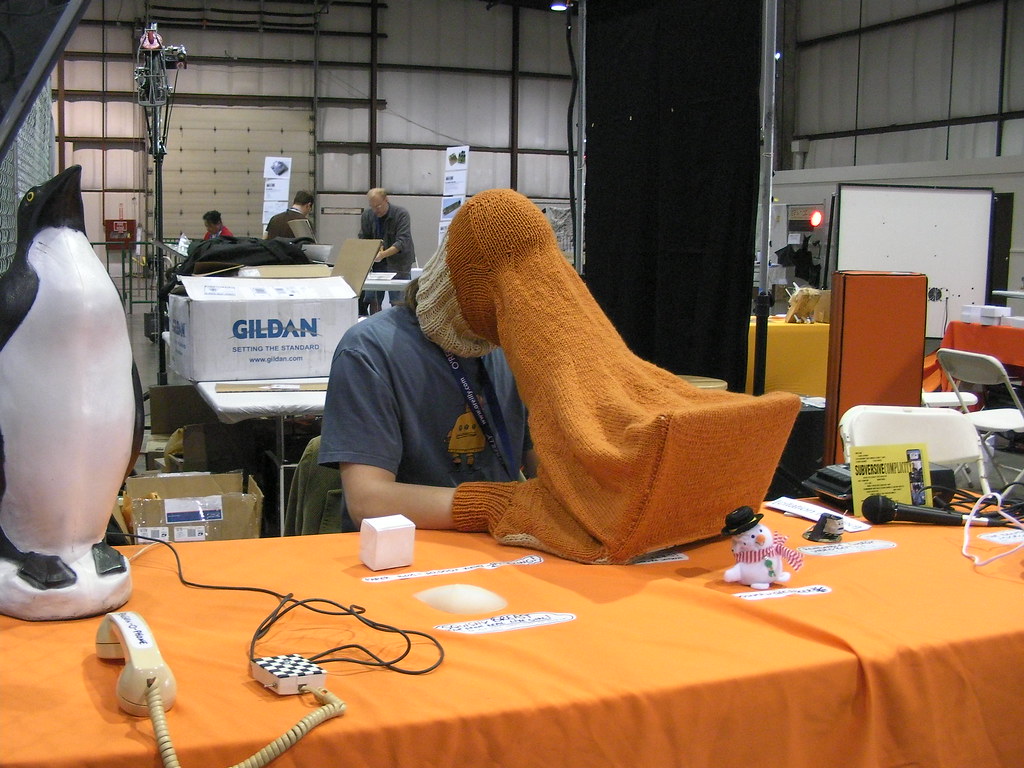Why it matters: Regardless of the security and privacy measures we take on our devices, the content reaching us through their screens is ultimately susceptible to shoulder surfing and is often the source of amusement for overly inquisitive peers. Although third-party and in-built privacy screens have tried to address the problem and succeeded to some extent, Apple seems to be developing a solution that visually encrypts the display itself to make it impossible for unwanted observers to figure out the actual screen content.
Shoulder surfing remains a common practice among folk who have little regard for user privacy and often engage in this unethical activity, either for personal amusement or to social engineer their way to someone's sensitive information.
There have been attempts to curb this phenomenon with products like HP's Sure View display technology built into some of its laptops and third-party privacy filters for several form-factor devices. Apple users, however, might not have to worry long about this problem as the company recently filed for a patent that tracks the user's gaze as they operate the device and visually encrypts content to protect it from unwanted observers.
PhoneArena reports that Apple's 'gaze-dependent display encryption' technology could appear in multiple Apple devices in the future, including iPhones, iPads, monitors, the Apple Watch - basically anything with a display and other hardware required for the tech to function.
Using the camera to identify and track the user's gaze, along with special processing circuitry, the device's screen can generate visually encrypted frames when an onlooker is detected. These frames are made up of two regions: one that includes unmodified content for the intended user, based on their gaze and proximity from the camera, and a second obscured region that shows manipulated content through text scrambling, color altering, and image warping techniques.

The patent also suggests that content manipulation will take place dynamically as "display content is not to be visually encrypted" when an onlooker's gaze is away from the display. When they do take a peek (intentionally or otherwise), the processing circuitry will begin generating visually encrypted frames, seemingly unnoticeable to the user.
The whole idea potentially makes sure that information reaches its desired user safely, much like the Compubody Sock from several years ago that set out to achieve the same objective, albeit in a much simpler, low-tech fashion.

It remains to be seen if Apple implements this technology in its future products or simply decides to add this patent to its ever-growing pile of unused ones. The company's Face ID tech could eventually evolve to support this feature, further improving the user privacy of its devices; however, the processing and financial costs associated with this technology are likely going to make for even more expensive Apple products in the future.
